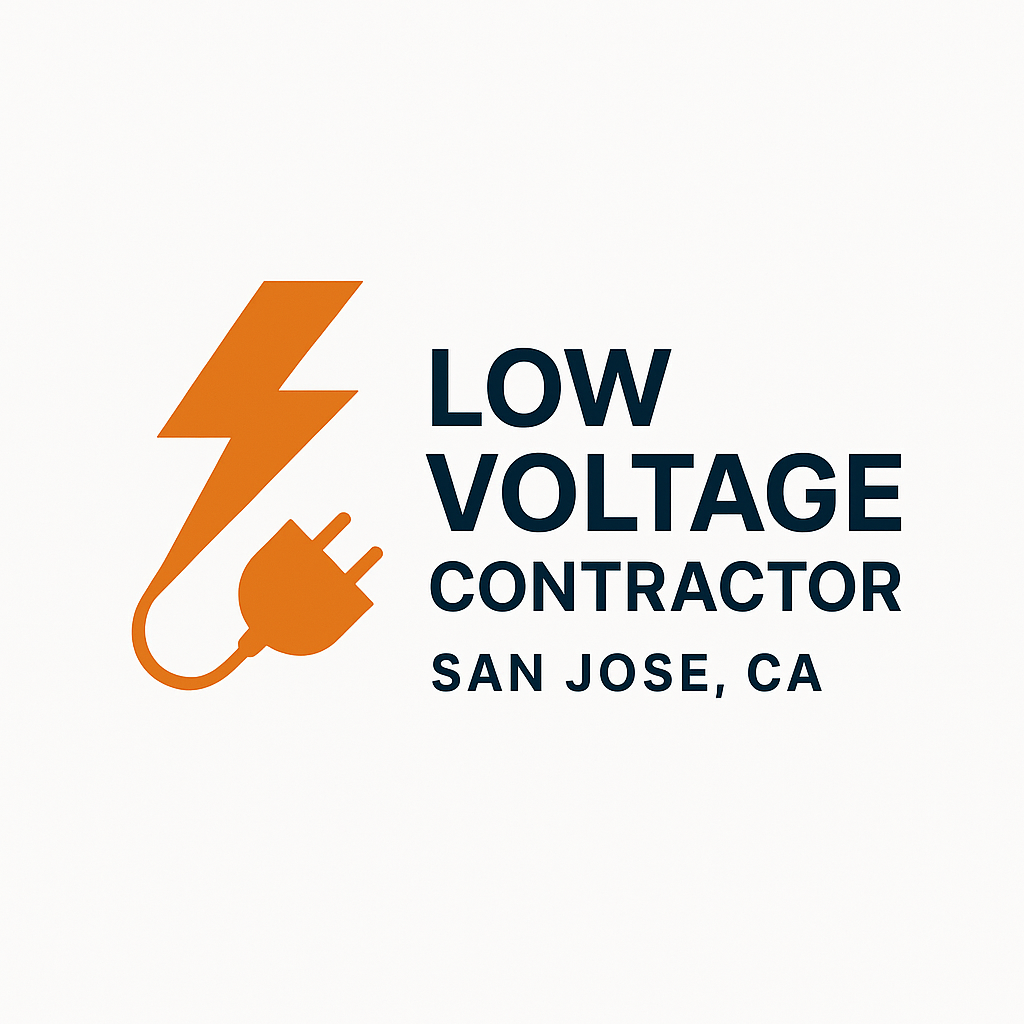The Homeowner’s Checklist for Security Camera Installation in San Jose, CA
Security system wiring in San Jose are one of the most effective ways to protect your home, deter crime, and keep your family safe. But installing them isn’t just about picking the right camera and putting it on the wall. For San Jose homeowners, proper installation means strategic placement, legal compliance, and ongoing maintenance.
This complete checklist will walk you through everything you need to know before installing a home surveillance system in San Jose, CA.
Table of Contents
- Why Security Cameras Are Essential for San Jose Homes
- Step 1: Assess Your Property Needs
- Step 2: Choose the Right Camera Types
- Step 3: Understand Local Laws and NEC Code Compliance
- Step 4: Plan Camera Placement Strategically
- Step 5: Ensure Proper Cabling and Power Setup
- Step 6: Optimize Storage and Remote Access
- Step 7: Professional vs. DIY Installation
- Step 8: Test and Maintain Your System
- Common Mistakes Homeowners Make
- Final Checklist Recap
- FAQ
Why Security Cameras Are Essential for San Jose Homes
San Jose, located in the heart of Silicon Valley, faces property crime rates that are higher than the national average. According to FBI Uniform Crime Reporting data, property crimes account for nearly 80% of reported incidents in San Jose. Home security cameras serve as a deterrent, provide valuable evidence, and improve peace of mind.
Step 1: Assess Your Property Needs
Identify Key Vulnerable Areas
- Front and back entrances
- Garages and driveways
- Side alleys and blind spots
- Yards and perimeter fencing
Define Your Surveillance Goals
- Do you want to deter package theft?
- Monitor visitors and deliveries?
- Cover potential entry points for break-ins?
Step 2: Choose the Right Camera Types
Wired vs. Wireless Cameras
- Wired: Stable connection, better for long-term installs.
- Wireless: Easier to install, flexible but can be affected by Wi-Fi coverage.
Indoor vs. Outdoor Cameras
- Indoor cameras often provide higher detail for monitoring family spaces.
- Outdoor cameras require weatherproofing (IP66 or higher) for San Jose’s climate.
Features to Consider
- Night vision for low-light monitoring
- 2-way audio for communication
- Motion detection & AI alerts
- Integration with smart home systems
Step 3: Understand Local Laws and NEC Code Compliance
San Jose Privacy Laws
- California law allows recording video on your property but prohibits audio recording without consent.
- Do not point cameras directly at neighbors’ windows or private spaces.
NEC (National Electrical Code) Compliance
- Low-voltage security cameras typically fall under NEC Article 725 (Class 2 Circuits).
- Cabling must be separated from high-voltage wiring.
- Outdoor cameras require UL-rated weatherproof cabling.
Step 4: Plan Camera Placement Strategically
Best Practices for Coverage
- Mount cameras 8–10 feet above the ground.
- Position to cover entry points and walkways.
- Avoid direct sunlight glare for clearer video.
(H3) Avoiding Blind Spots
Use overlapping fields of view between cameras to reduce gaps in coverage.
Step 5: Ensure Proper Cabling and Power Setup
Power Options
- PoE (Power over Ethernet): Runs data and power through one cable.
- DC Power Adapters: Used in traditional CCTV systems.
- Battery-powered cameras: Good for flexibility but require charging.
Cable Management Tips
- Use conduits for outdoor cabling.
- Avoid running cables near high-voltage lines to reduce interference.
Step 6: Optimize Storage and Remote Access
Local Storage
- DVR/NVR systems provide secure, on-site recording.
Cloud Storage
- Offers remote access but may require a monthly subscription.
Smart Home Integration
- Many San Jose homeowners integrate security cameras with Google Home or Amazon Alexa.
Step 7: Professional vs. DIY Installation
DIY Pros and Cons
- Lower upfront cost but limited by skill level.
- Risk of improper placement or code violations.
Professional Installation Advantages
- Compliance with San Jose’s building and electrical codes.
- Optimized placement for maximum coverage.
- Warranty and long-term system support.
Step 8: Test and Maintain Your System
Initial Testing
- Verify angles and video clarity.
- Test night vision and motion detection.
Routine Maintenance
- Clean lenses quarterly.
- Check cables and connections annually.
- Update firmware regularly for cybersecurity protection.
Common Mistakes Homeowners Make
Overlooking Wi-Fi Coverage
Placing cameras out of Wi-Fi range reduces reliability.
Ignoring Local Laws
Failing to follow privacy and recording laws may result in legal issues.
Cheap, Non-Compliant Equipment
Uncertified systems may fail inspection and lack cybersecurity safeguards.
Final Checklist Recap
- Identify vulnerable areas
- Choose appropriate camera types and features
- Review San Jose privacy laws and NEC requirements
- Plan placement to maximize coverage
- Ensure proper cabling and power setup
- Decide on storage method
- Hire a licensed installer (recommended)
- Test and maintain the system
